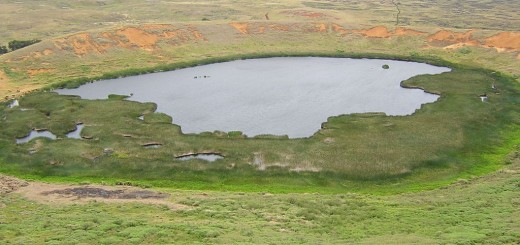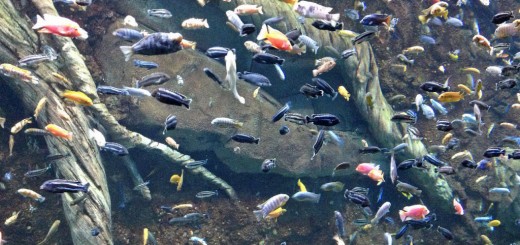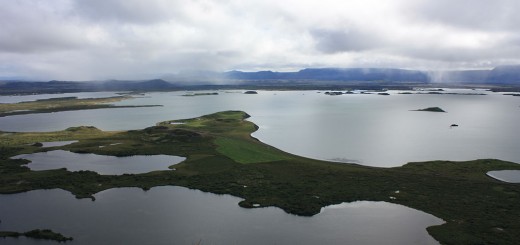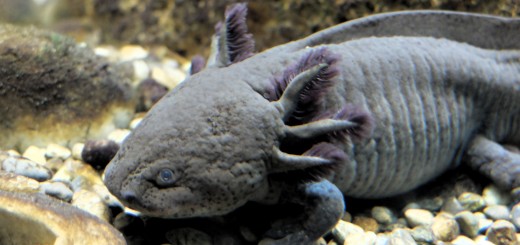Friday Five: Oxbow Lakes Formed by Meandering Rivers
1As a river flows through a region, shaping the landscape as it goes, stream bends naturally form. These draw the eye along loops and curves of rushing water.
When a flood occurs, new flow paths can form and cut off river sections. The newly isolated water bodies are called oxbow lakes.
Lake Chicot
Formed 600 years ago by a migrating Mississippi River, Lake Chicot is the largest natural lake in the state of Arkansas and the largest oxbow lake in North America. Its French name comes from the many cypress trees that line its banks.

Lake Chicot. (Credit: Jeff Noble via Creative Commons)
Reelfoot Lake
Tennessee’s Reelfoot Lake is shallow enough that some consider it a swamp. It was formed by the Mississippi River after an earthquake changed the river’s flow. The lake is known for bald eagles that nest nearby.

Reelfoot Lake. (Credit: Wikimedia Commons User Jeremy A.)
Half Moon Lake
This Wisconsin lake is a favorite destination for fishermen looking to catch yellow perch, bass and bluegill. In the late 1800s, Half Moon Lake was used as a holding pool for tree logs awaiting transport to mills.

Half Moon Lake. (Credit: Flickr User Aaron Carlson via Creative Commons)
Cuckmere Haven
Lying in an English flood plain, Cuckmere Haven is an estuarial region that contains several oxbow lakes. It sits where the Cuckmere River meets the English Channel. It is home to a variety of wildlife and supports robust agriculture.

Cuckmere Haven. (Credit: Les Chatfield via Creative Commons)
Srebarna Lake
A freshwater lake, Srebarna is a breeding ground for nearly 100 species of birds. Among these are the Dalmatian pelican and purple heron. It sits in a nature reserve in northeastern Bulgaria.

Srebarna Lake. (Credit: Wikipedia User Ivelin Minkov via Wikimedia Commons)














[…] Kelly, Daniel. Friday Five: Oxbow Lakes Formed by Meandering Rivers. 25 April, 2014. Retrieved from https://www.lakescientist.com/oxbow-lakes-meandering-rivers/ […]